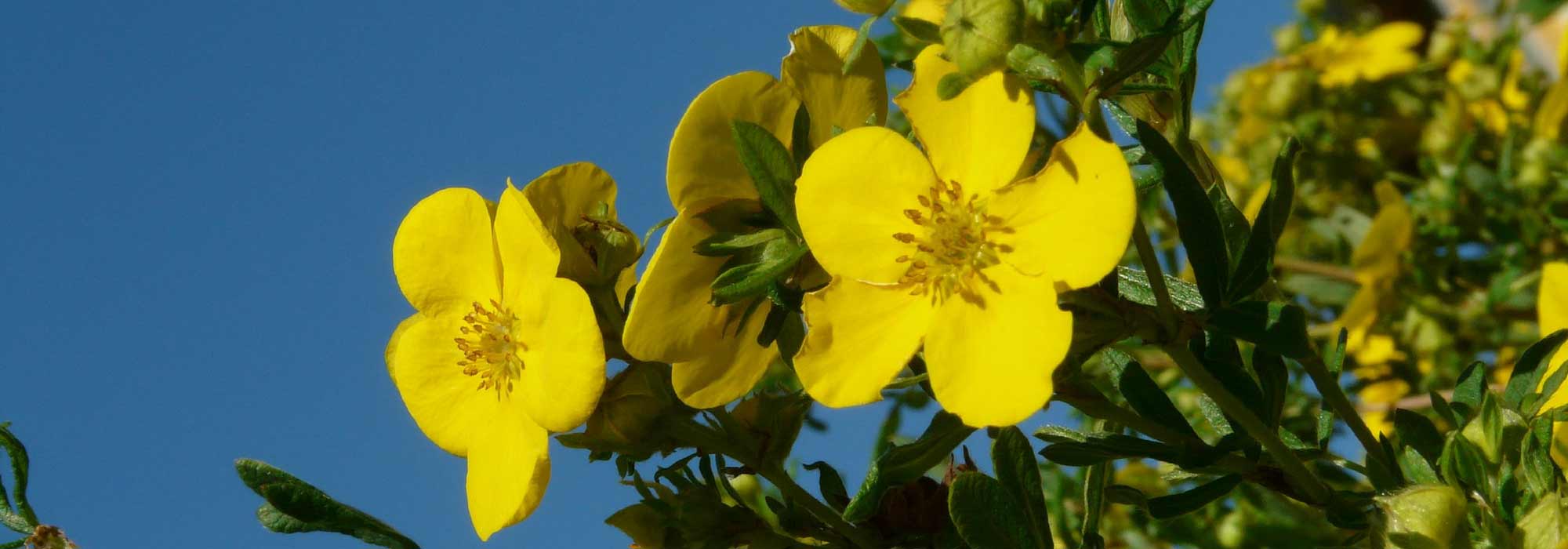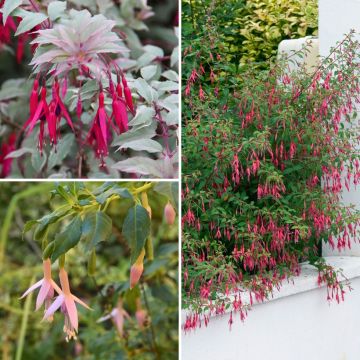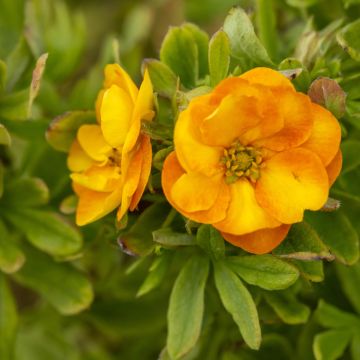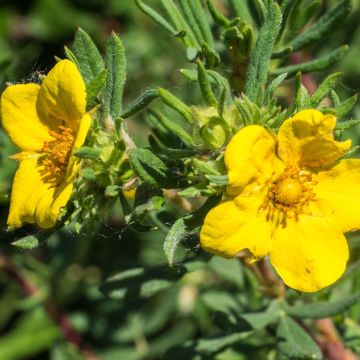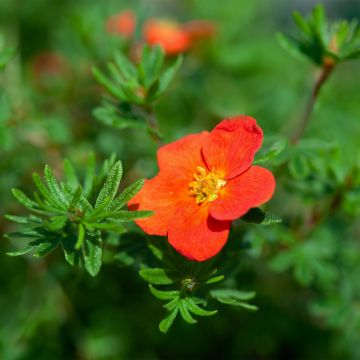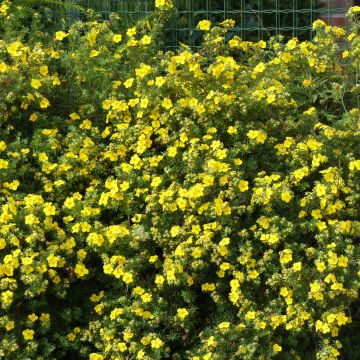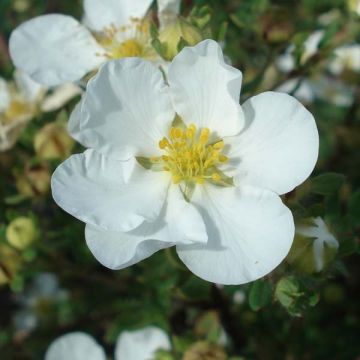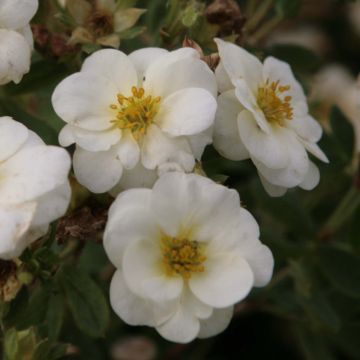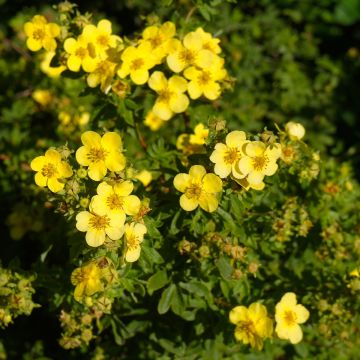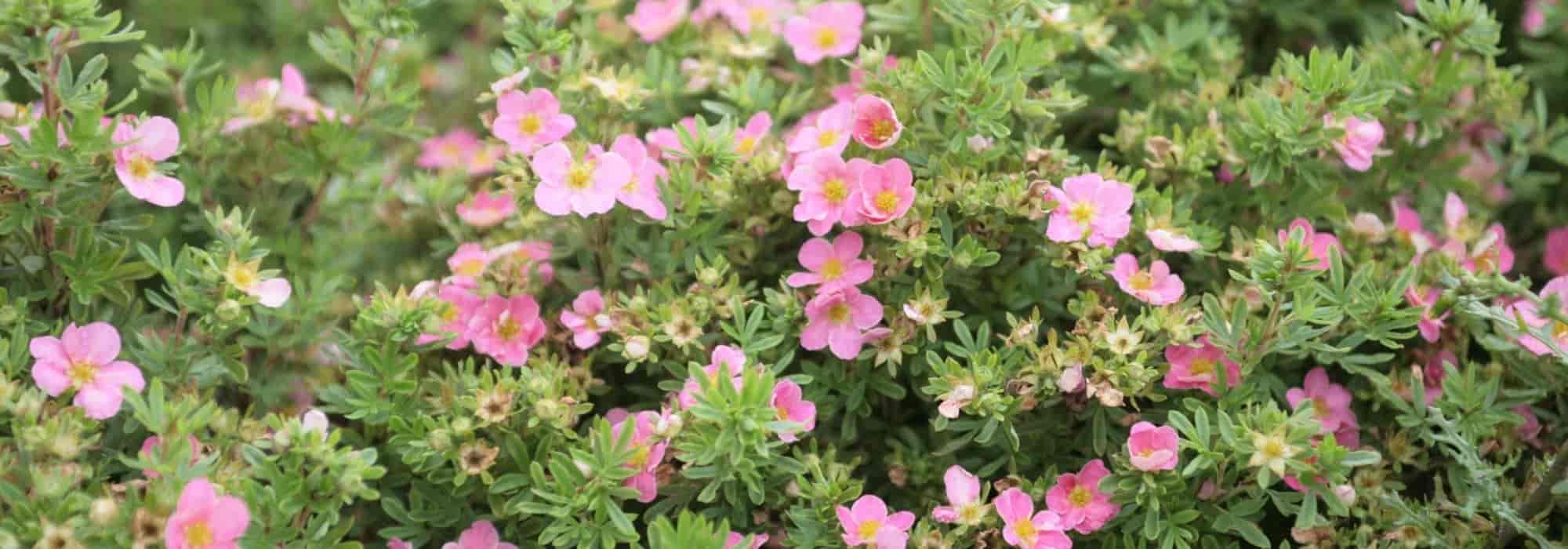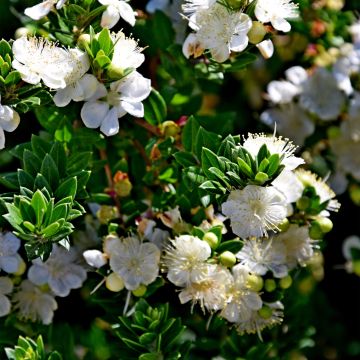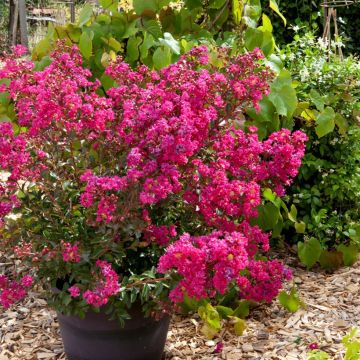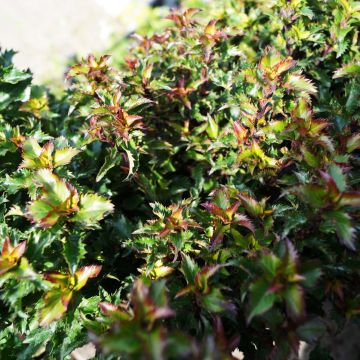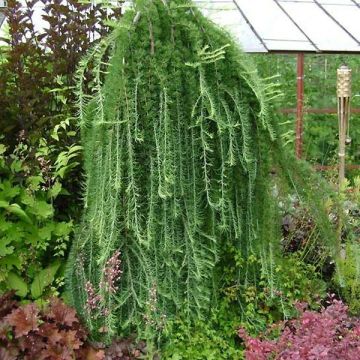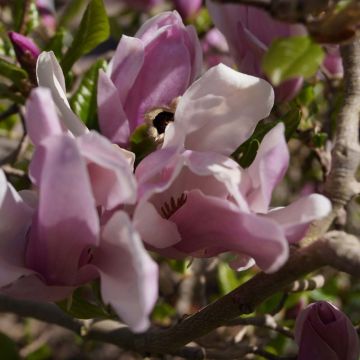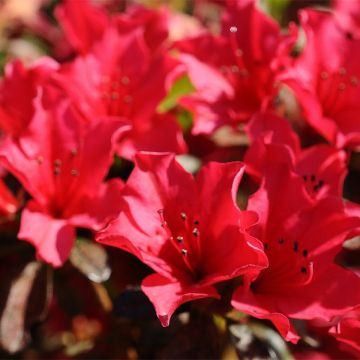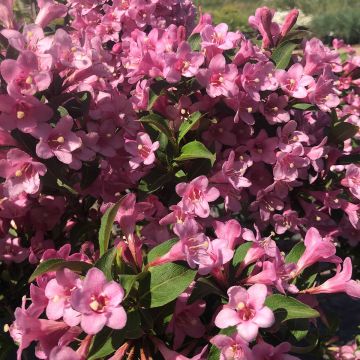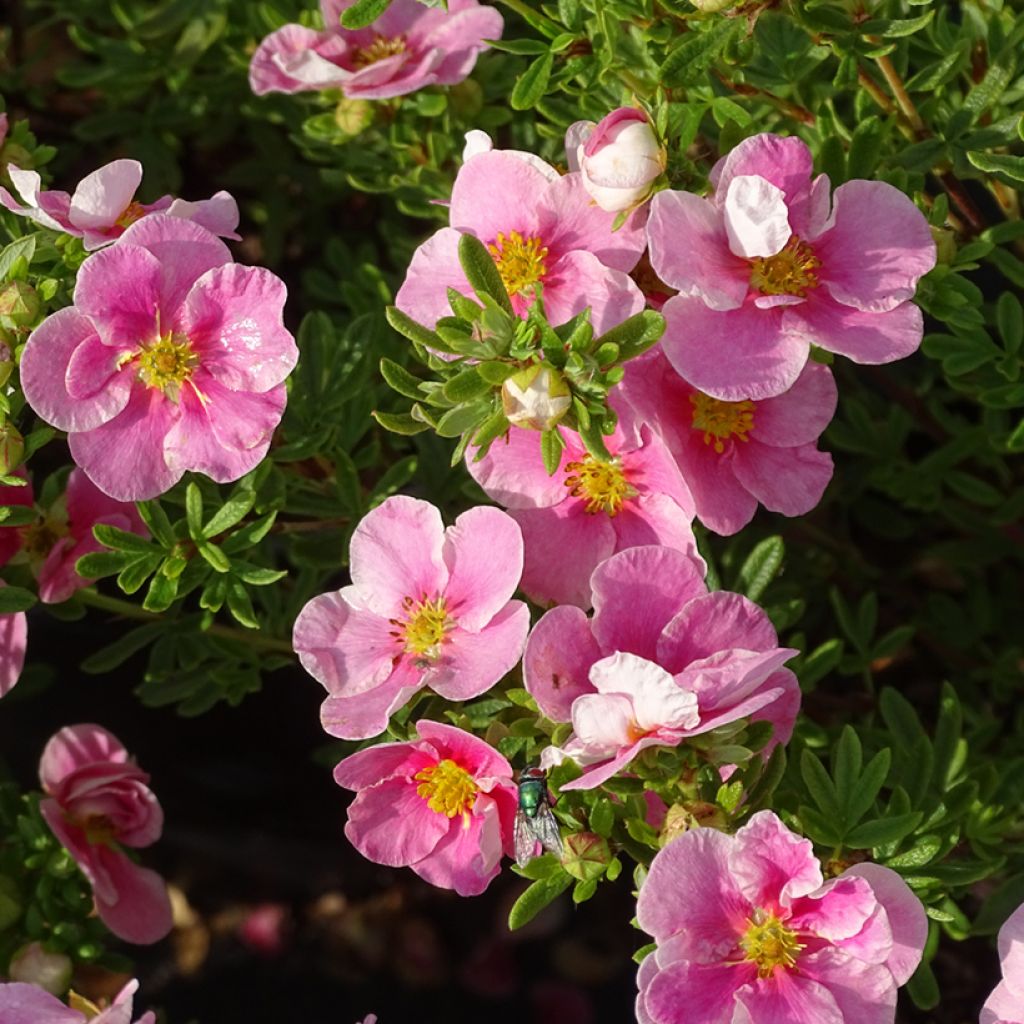

Potentilla fruticosa Bella Rosa
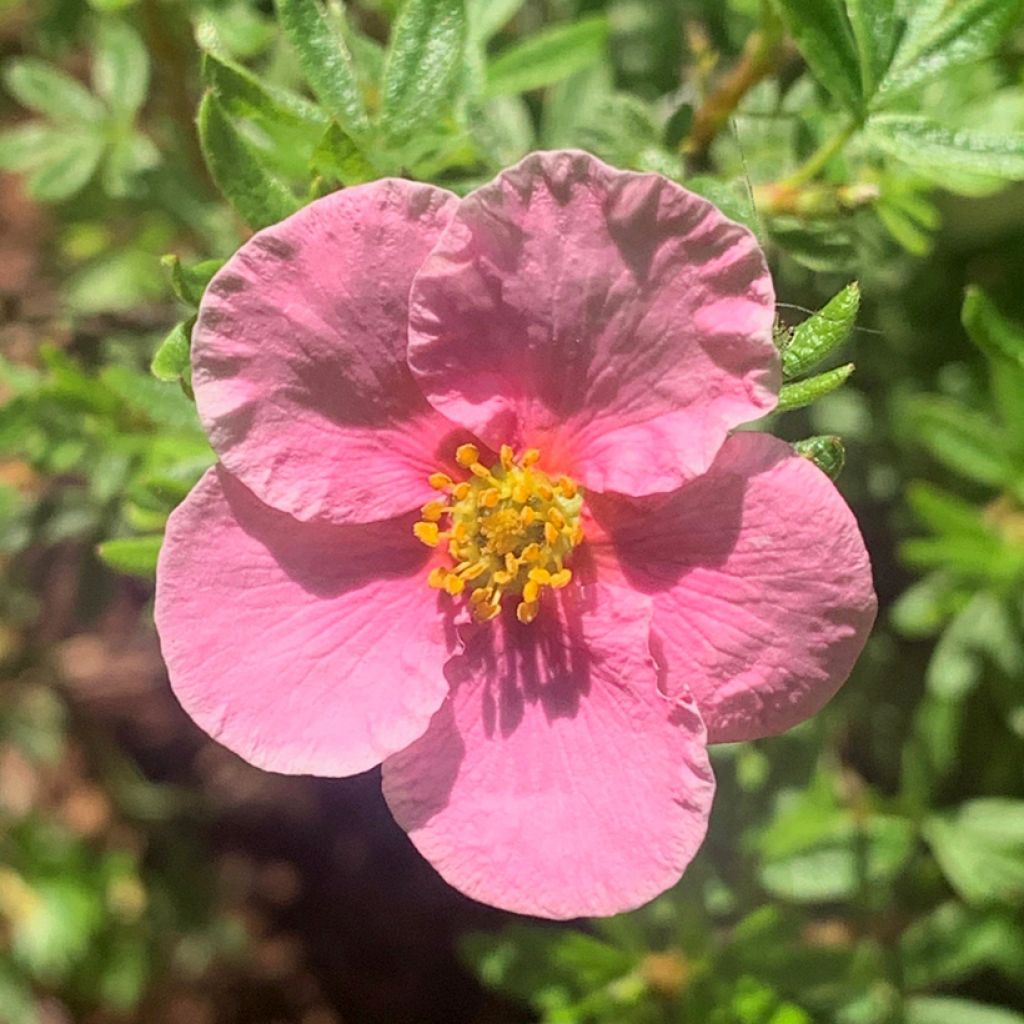

Potentilla fruticosa Bella Rosa
Potentilla fruticosa Bella Rosa
Potentilla fruticosa 'Hachlila' Bella Rosa®
Shrubby cinquefoil, Bush cinquefoil, Tundra rose, Golden hardhack, Hachlila
Special offer!
Receive a €20 voucher for any order over €90 (excluding delivery costs, credit notes, and plastic-free options)!
1- Add your favorite plants to your cart.
2- Once you have reached €90, confirm your order (you can even choose the delivery date!).
3- As soon as your order is shipped, you will receive an email containing your voucher code, valid for 3 months (90 days).
Your voucher is unique and can only be used once, for any order with a minimum value of €20, excluding delivery costs.
Can be combined with other current offers, non-divisible and non-refundable.
Home or relay delivery (depending on size and destination)
Schedule delivery date,
and select date in basket
This plant carries a 24 months recovery warranty
More information
We guarantee the quality of our plants for a full growing cycle, and will replace at our expense any plant that fails to recover under normal climatic and planting conditions.
Would this plant suit my garden?
Set up your Plantfit profile →
Description
The Potentilla fruticosa 'Bella Rosa' is a variety of shrub potentilla that is interesting for its beautiful pink flowering that lasts for several months. Its small flowers adorn a naturally rounded and compact bush that greatly impacts the garden or a large pot. Plant this potentilla in a small shrub bed, along a path, in the sun, in well-drained soil.
The Potentilla fruticosa 'Hachlila' Bella Rosa® is a recent German horticultural creation. It is a woody shrub that belongs to the Rosaceae family. It is a compact bush that offers long-lasting flowering from June until October. It's a pretty single flower with five petals, well spread out, quite large (3-4 cm) and comes in two shades of pink, enhanced by a yellow stamen centre. Bees and butterflies appreciate this flowering. The foliage is deciduous, appearing in spring and drying up in autumn. It is green, with small, narrow leaves measuring 2 to 3 cm.
This shrub potentilla forms a rounded dome of 60 cm in all directions in about ten years.
The 'Bella Rosa' Potentilla is perfect for flowering a border, highlighting the edge of a path, or bringing life to a small slope. It will also make a superb flowering pot if you plant it in a container on your balcony or terrace. It grows in most garden soils, even moderately dry and chalky ones, in full sun or partial shade. Once well-rooted, it proves to be water-efficient. This pink variety will have a beautiful effect when paired with colourful shrubs that are just as easy to grow as it is. For example, choose dwarf abelias, white or pink ground cover roses, and other white varieties of shrub potentillas ('Double Punch Cream') or pink ones ('Pink Paradise').
Plant habit
Flowering
Foliage
Botanical data
Potentilla
fruticosa
'Hachlila' Bella Rosa®
Rosaceae
Shrubby cinquefoil, Bush cinquefoil, Tundra rose, Golden hardhack, Hachlila
Cultivar or hybrid
Other Potentilla - Cinquefoils
View all →Planting and care
Very easy to care for, the 'Bella Rosa' Potentilla fruticosa is very hardy and can withstand low negative temperatures (below -25°C). It prefers a sunny or semi-shaded exposure. Its only real requirement concerns the nature of the soil where it is planted. Indeed, it requires ordinary, relatively poor soil that is very well-drained. If heavy or clayey soils are not suitable, they should be placed on a slope or a rockery to facilitate water drainage. It is also possible to lighten the soil when planting by adding coarse sand and gravel to improve drainage.
An additional quality to add to its achievements is its good tolerance to drought once established. The shrubby potentilla does not require much maintenance. Simple annual pruning is necessary for flowering on the shoots of the year. It is recommended to cut in half the stems that have borne the previous year's flowers, just above a bud, in early spring to stimulate regrowth and maintain the beautifully bushy shape of your potentilla. Removing faded flowers as they appear during flowering is desirable, as it prolongs them for a long time.
Planting period
Intended location
Care
Planting & care advice
This item has not been reviewed yet - be the first to leave a review about it.
Similar products
Haven't found what you were looking for?
Hardiness is the lowest winter temperature a plant can endure without suffering serious damage or even dying. However, hardiness is affected by location (a sheltered area, such as a patio), protection (winter cover) and soil type (hardiness is improved by well-drained soil).

Photo Sharing Terms & Conditions
In order to encourage gardeners to interact and share their experiences, Promesse de fleurs offers various media enabling content to be uploaded onto its Site - in particular via the ‘Photo sharing’ module.
The User agrees to refrain from:
- Posting any content that is illegal, prejudicial, insulting, racist, inciteful to hatred, revisionist, contrary to public decency, that infringes on privacy or on the privacy rights of third parties, in particular the publicity rights of persons and goods, intellectual property rights, or the right to privacy.
- Submitting content on behalf of a third party;
- Impersonate the identity of a third party and/or publish any personal information about a third party;
In general, the User undertakes to refrain from any unethical behaviour.
All Content (in particular text, comments, files, images, photos, videos, creative works, etc.), which may be subject to property or intellectual property rights, image or other private rights, shall remain the property of the User, subject to the limited rights granted by the terms of the licence granted by Promesse de fleurs as stated below. Users are at liberty to publish or not to publish such Content on the Site, notably via the ‘Photo Sharing’ facility, and accept that this Content shall be made public and freely accessible, notably on the Internet.
Users further acknowledge, undertake to have ,and guarantee that they hold all necessary rights and permissions to publish such material on the Site, in particular with regard to the legislation in force pertaining to any privacy, property, intellectual property, image, or contractual rights, or rights of any other nature. By publishing such Content on the Site, Users acknowledge accepting full liability as publishers of the Content within the meaning of the law, and grant Promesse de fleurs, free of charge, an inclusive, worldwide licence for the said Content for the entire duration of its publication, including all reproduction, representation, up/downloading, displaying, performing, transmission, and storage rights.
Users also grant permission for their name to be linked to the Content and accept that this link may not always be made available.
By engaging in posting material, Users consent to their Content becoming automatically accessible on the Internet, in particular on other sites and/or blogs and/or web pages of the Promesse de fleurs site, including in particular social pages and the Promesse de fleurs catalogue.
Users may secure the removal of entrusted content free of charge by issuing a simple request via our contact form.
The flowering period indicated on our website applies to countries and regions located in USDA zone 8 (France, the United Kingdom, Ireland, the Netherlands, etc.)
It will vary according to where you live:
- In zones 9 to 10 (Italy, Spain, Greece, etc.), flowering will occur about 2 to 4 weeks earlier.
- In zones 6 to 7 (Germany, Poland, Slovenia, and lower mountainous regions), flowering will be delayed by 2 to 3 weeks.
- In zone 5 (Central Europe, Scandinavia), blooming will be delayed by 3 to 5 weeks.
In temperate climates, pruning of spring-flowering shrubs (forsythia, spireas, etc.) should be done just after flowering.
Pruning of summer-flowering shrubs (Indian Lilac, Perovskia, etc.) can be done in winter or spring.
In cold regions as well as with frost-sensitive plants, avoid pruning too early when severe frosts may still occur.
The planting period indicated on our website applies to countries and regions located in USDA zone 8 (France, United Kingdom, Ireland, Netherlands).
It will vary according to where you live:
- In Mediterranean zones (Marseille, Madrid, Milan, etc.), autumn and winter are the best planting periods.
- In continental zones (Strasbourg, Munich, Vienna, etc.), delay planting by 2 to 3 weeks in spring and bring it forward by 2 to 4 weeks in autumn.
- In mountainous regions (the Alps, Pyrenees, Carpathians, etc.), it is best to plant in late spring (May-June) or late summer (August-September).
The harvesting period indicated on our website applies to countries and regions in USDA zone 8 (France, England, Ireland, the Netherlands).
In colder areas (Scandinavia, Poland, Austria...) fruit and vegetable harvests are likely to be delayed by 3-4 weeks.
In warmer areas (Italy, Spain, Greece, etc.), harvesting will probably take place earlier, depending on weather conditions.
The sowing periods indicated on our website apply to countries and regions within USDA Zone 8 (France, UK, Ireland, Netherlands).
In colder areas (Scandinavia, Poland, Austria...), delay any outdoor sowing by 3-4 weeks, or sow under glass.
In warmer climes (Italy, Spain, Greece, etc.), bring outdoor sowing forward by a few weeks.






























